 Date: June 23-27, 2014
Date: June 23-27, 2014
Poznan, Poland
Abstracts:
Several topics of photonic are targeted on the enhancement of magneto-optical response in nanostructures. One of such approaches is creating magnetoplasmonic crystals (MPC) based on digital discs with ferromagnetic film. It is necessary to investigatein-plane anisotropy of MPC sandin fluence of ferromagnetic layer to improve the quality factor of plasmons. MPCs based on Fe and Ni were investigated using VSM by LakeShore and a step-like behavior of hysteresis loops in case of transverse plasmon propagation way was observed. Measurements along the plasmon propagation way showed near-rectangular hysteresis loops typical for Ni-based thin films. In-plane anisotropy was found in Ni thin films on Si/SiO2 substrate, too. All Fe structures had isotropic in-plane magnetic properties.
In-plane anisotropy for Ni onSi/SiO2 can be explained by magnetostriction properties of Ni. For MPCs it can be explained as a result of interaction between different factions of Ni that partly covered sides of the substrate battlements
Amorphous ferromagnetic glass coated microwires (MWs) are one of the most perspective materials for coding system and memory applications. For successful implementation of these devices it is necessary to control MWs magnetic properties and domain wall dynamics. In this work we investigated the effect of annealing under tensile applied stress on magnetic properties of amorphous MWs with compositions of Co68,6B14,8Si10Mn6,6, Co68,7Fe4Ni1B13Si11Mo2,3 and Fe3,85Co67,05Ni1,44B11,53Si14,47Mo1,66. Samples of MWs were annealed at temperatures of 300-400 C during different times up to 90 min with different applied stresses up to 300 Pa. We observed changing of the magnetic properties depending on all parameters of annealing. Some conditions of annealing lead to appear of bistability and possibility to observe the domain wall movement with high velocity. Besides, it was shown that MWs with acquired bistability can be more useful for applications than originally bistable.
The nearly equiatomic Fe–Rh alloys when heated without an external influences to critical temperature suffer the first-order antiferromagnetic–ferromagnetic transition. The reverse transition takes place at lower temperature. The width of thermal hysteresis can be varied by the changing of alloy’s chemical content, preparation technique of the samples, heat- and mechanical treatment in wide range of temperatures. To decrease the hysteresis – it is importante for technical applications. More over, each subsequent measurement leads to changing of the antiferromagnetic–ferromagnetic transition temperature. This research work was aimed to find the composition of equiatomic Fe–Rh alloy with extremly narrow thermal hysteresis and repeatable results. Vibrating sample magnetometer by Lake Shore was used for measurements of magnetic moment versus temperature in range of 100-950 K.
Magnetic properties of ferromagnetic/antiferromagnetic thin-films structures for spinvalve applications have been studied. Multilayer structures of Ta/Co/IrMn/Ta and Ta/FeNi/IrMn/Ta were deposited on Si substrate at room temperature by DC magnetron sputtering. Thickness of the antiferromagnetic layer changed from 2 to 60 nm. Uniform forming magnetic field of 420 Oe was applied parallel to the sample’s plane during the deposition. The magnetic properties of these structures were obtained from ferromagnetic resonance and vibrating sample magnetometry measurements. Both the coercive force and the exchange bias field were found to be non-monotonic functions of the antiferromagnetic layer thickness. To achieve the maximum effect of the exchange bias the optimal thicknesses were found for each system. More over, it was found the alternative sequence of the deposition (antiferromagnetic layer on the top or below the ferromagnetic layer) leads to dramatic changes of the magnetic properties of bilayer structures.
“The European Conference Physics of magnetism 2014 (PM’14)”






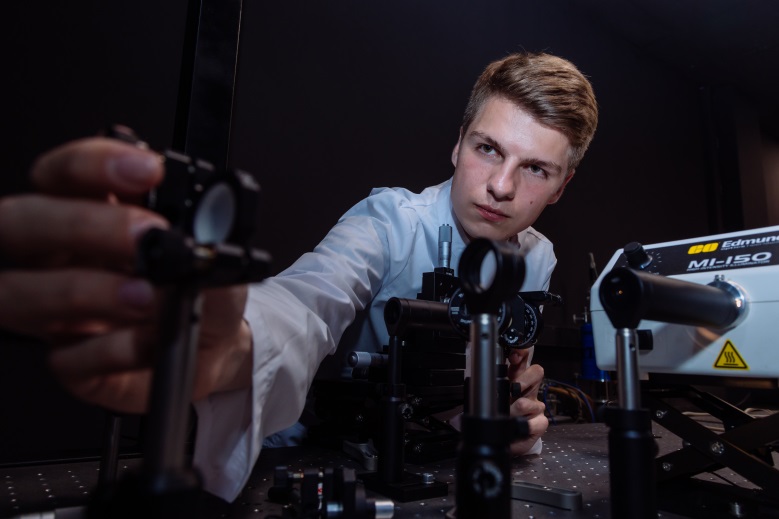
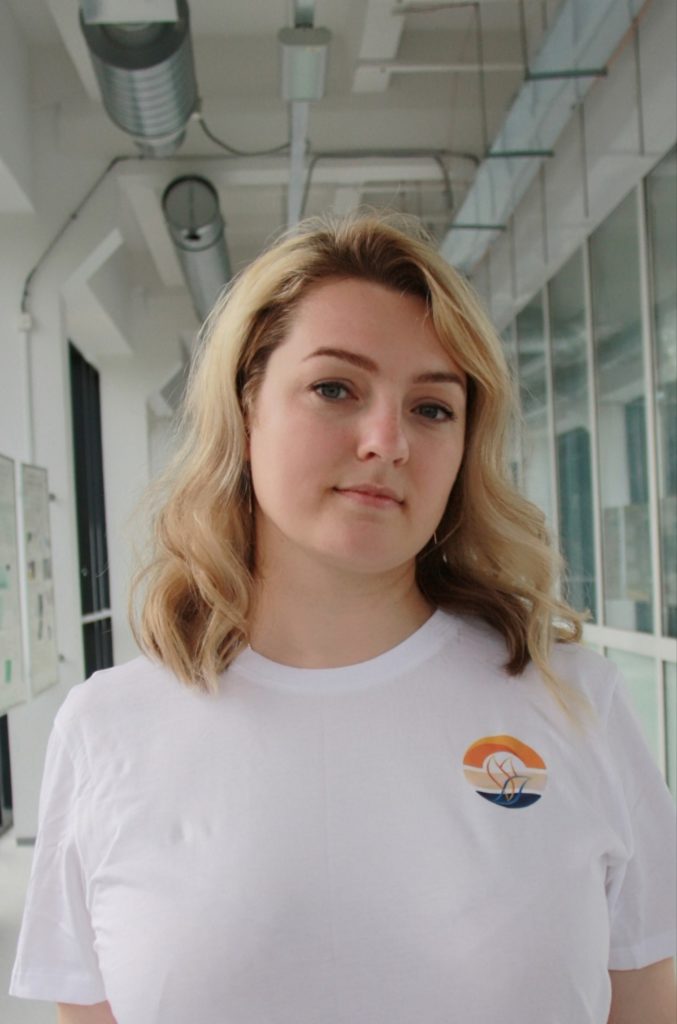
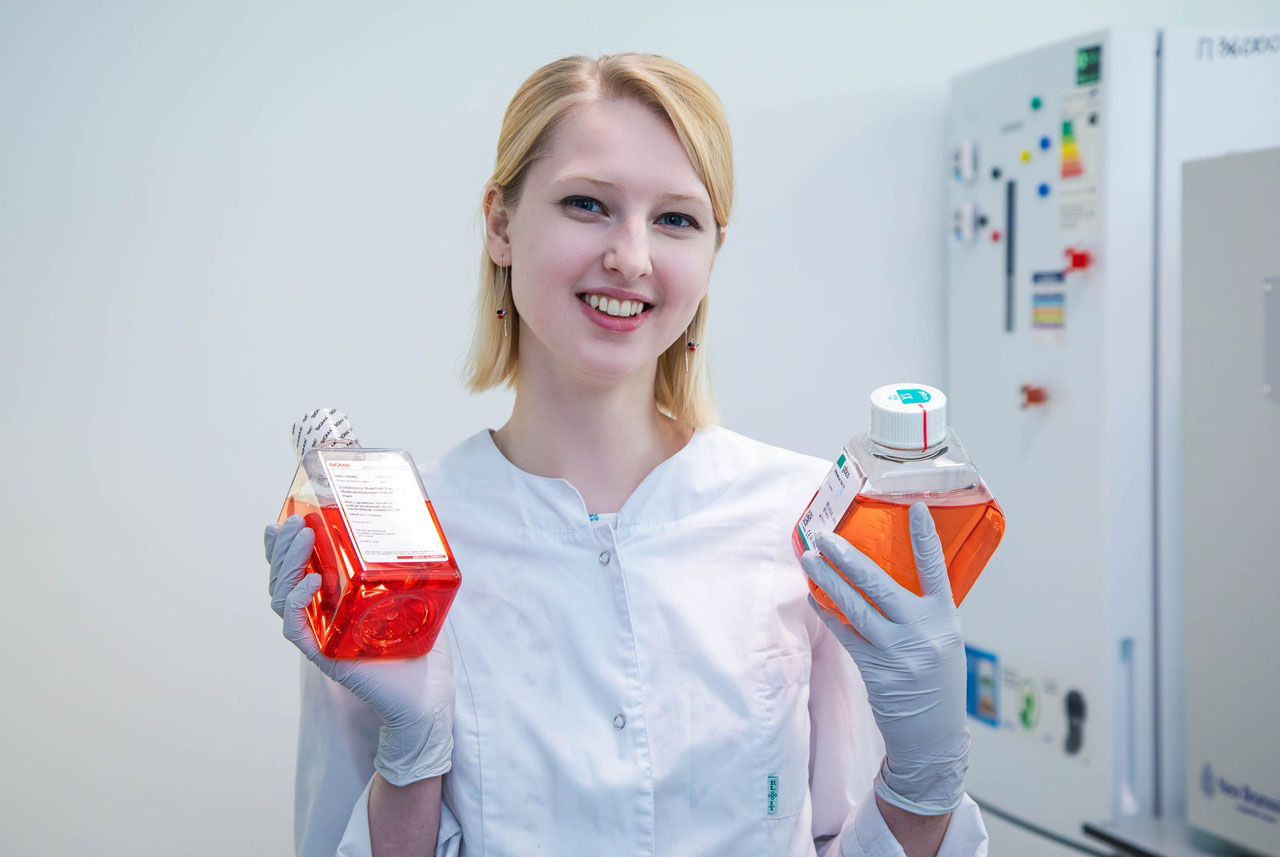
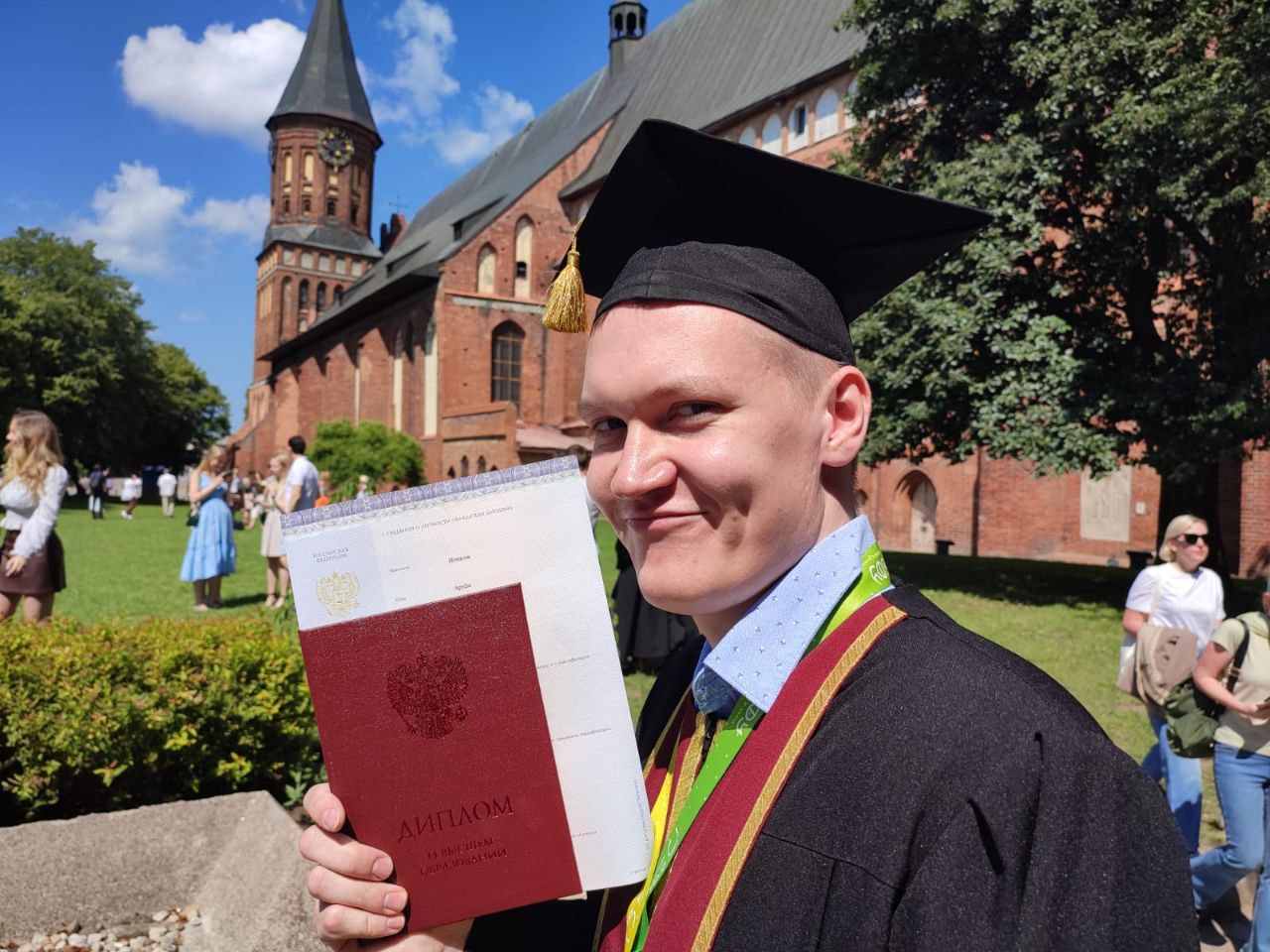

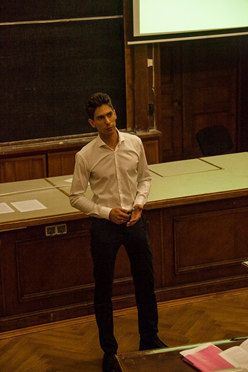
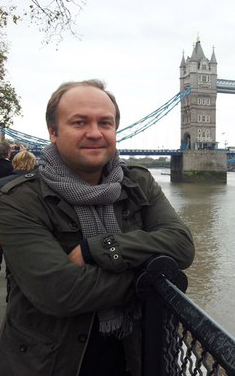






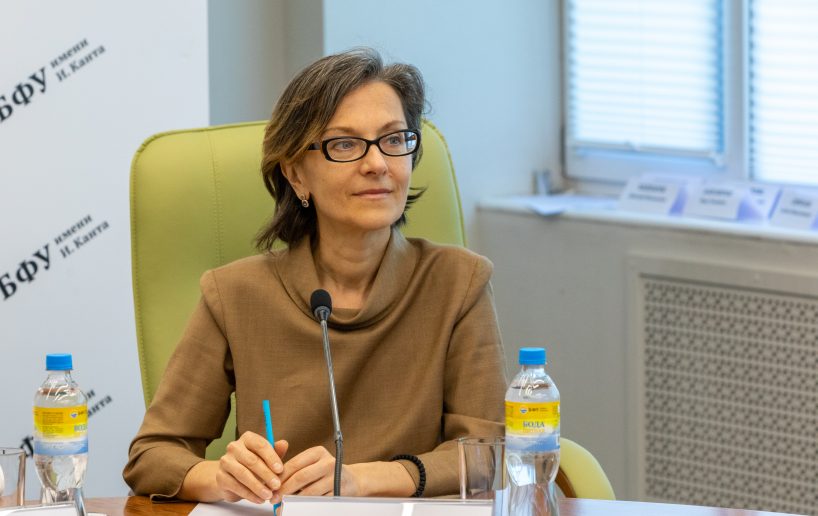
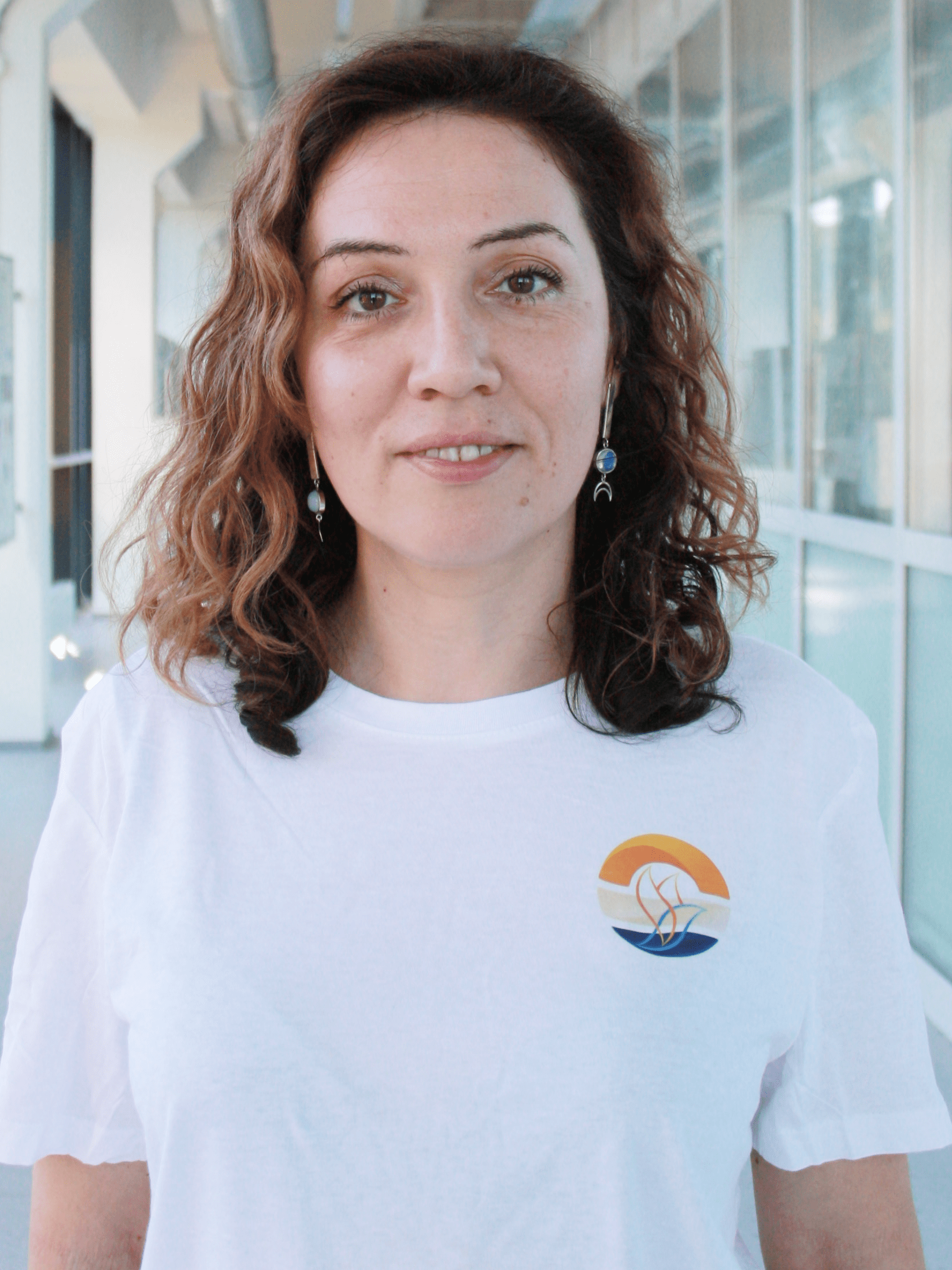
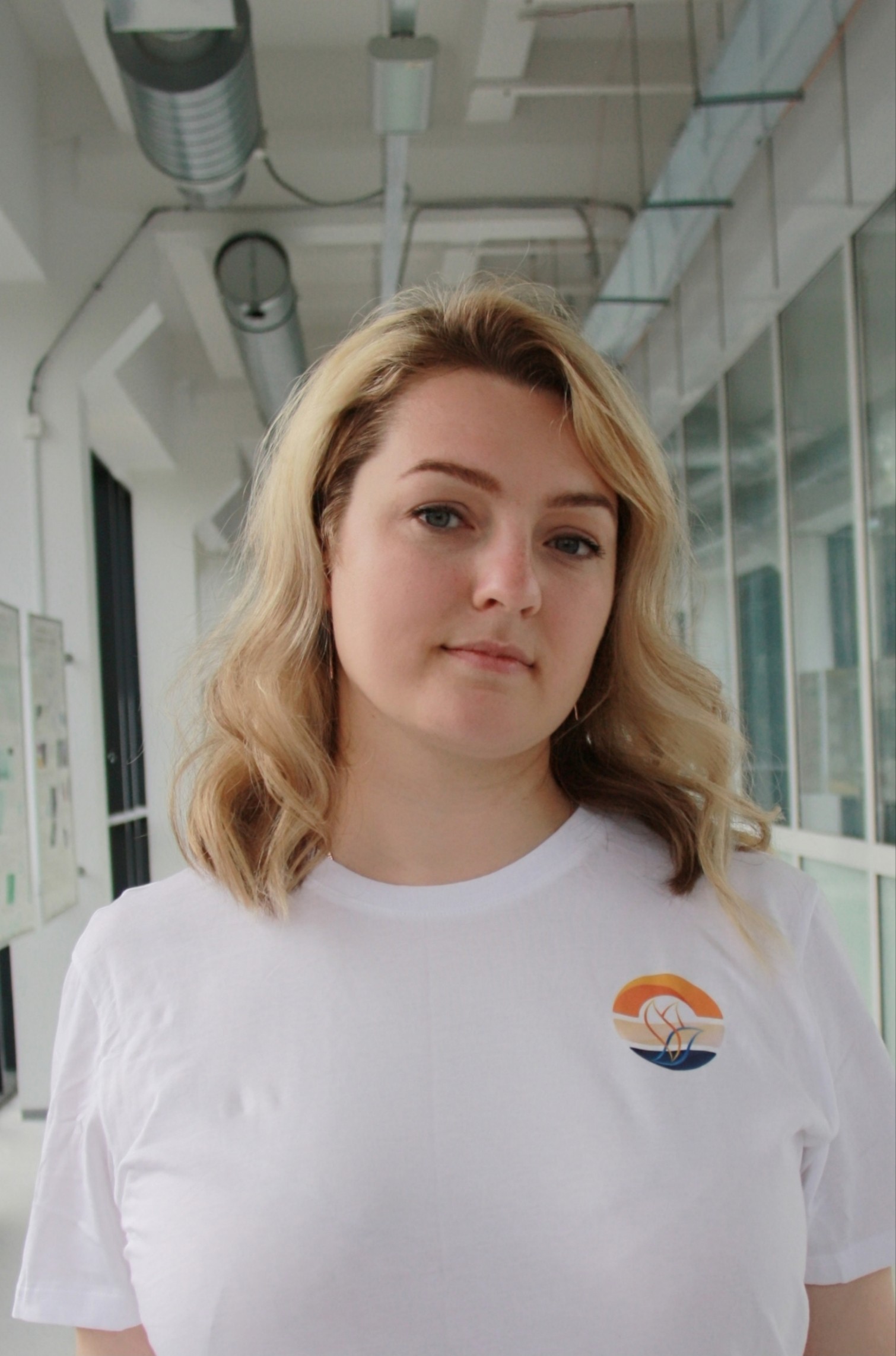





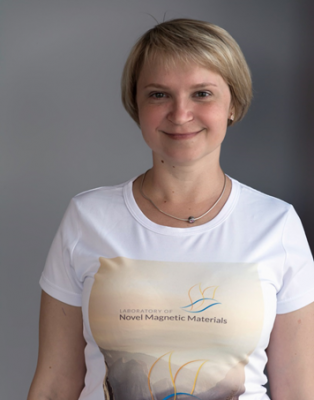





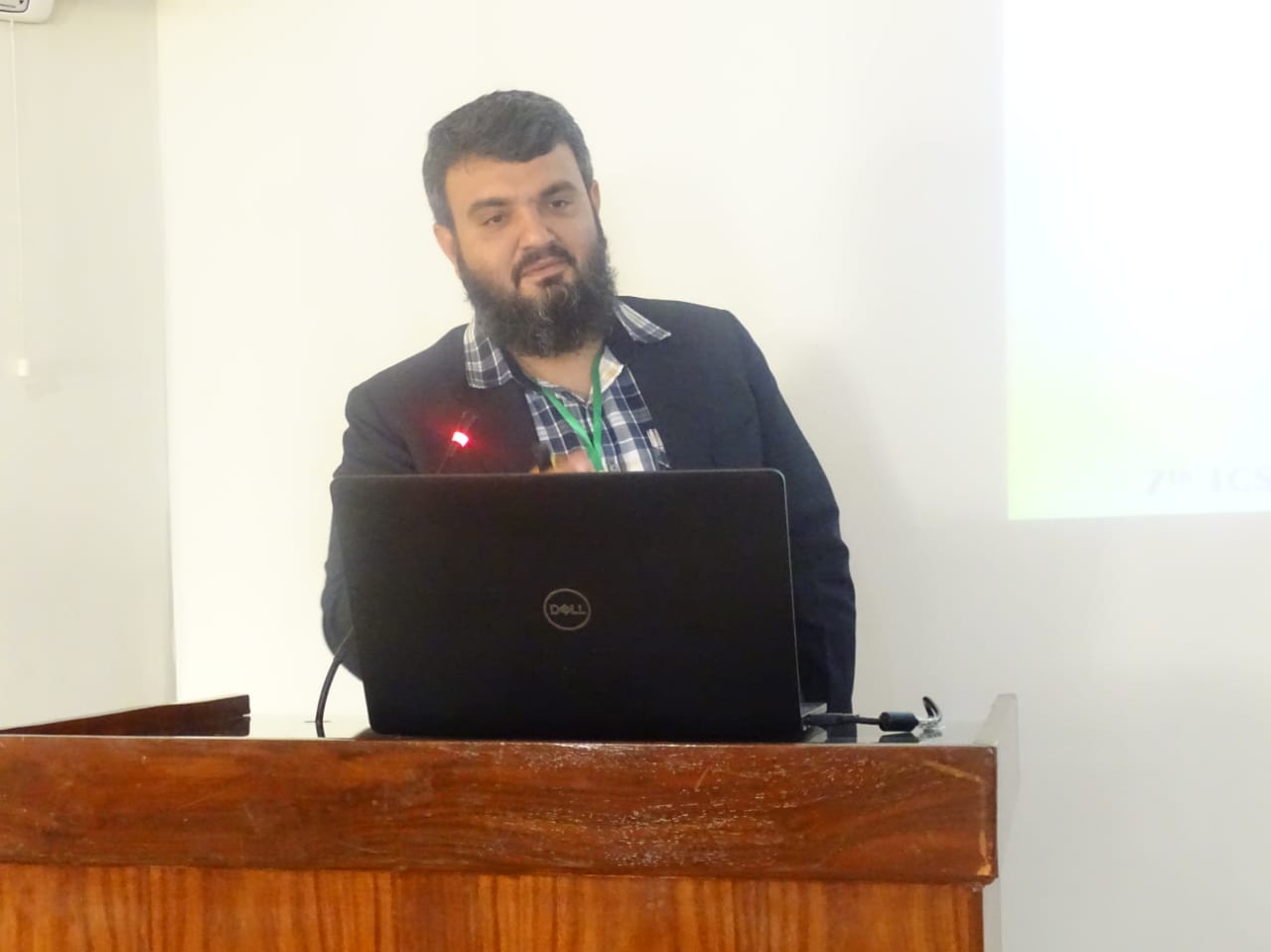
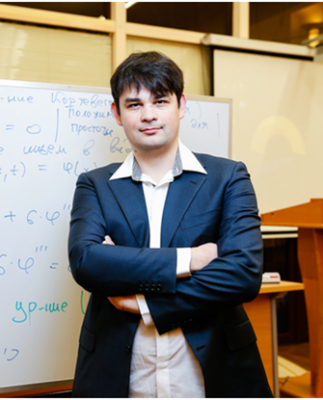






Pingback: Conferences | Laboratory of Novel Magnetic Materials